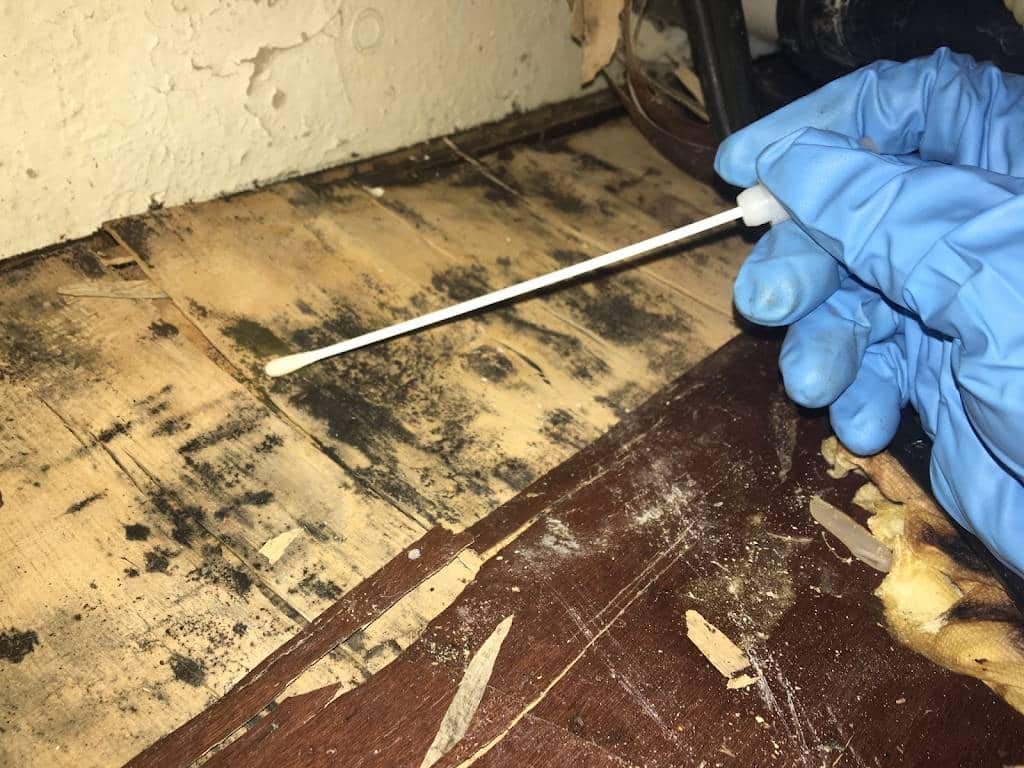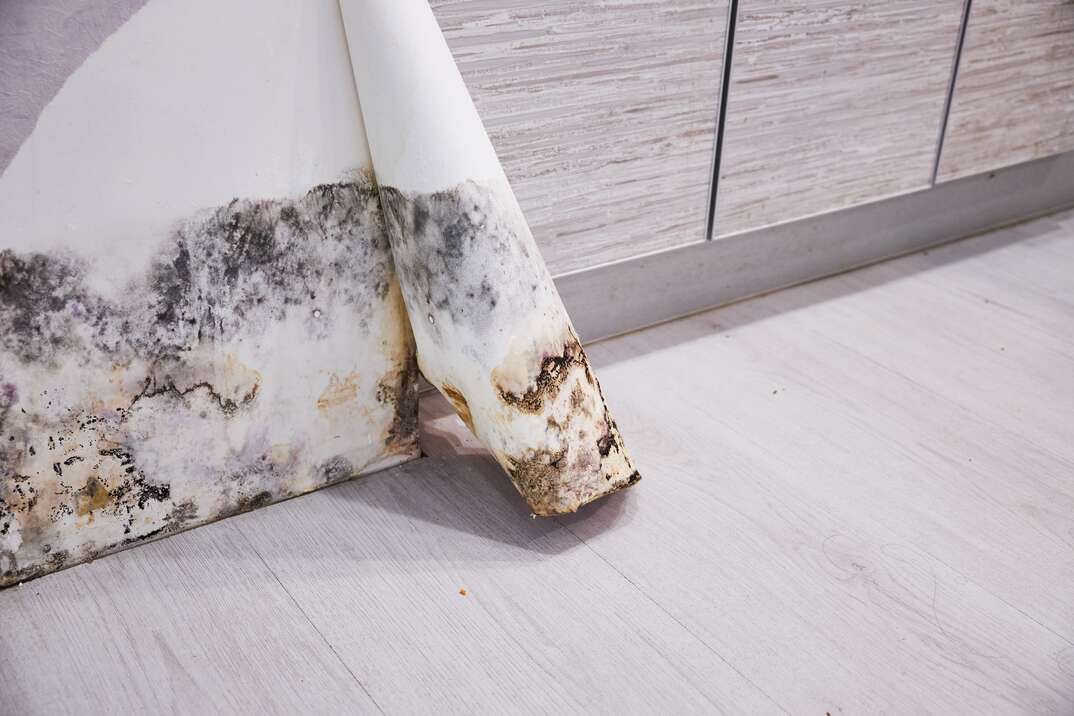Effective Post Mold Remediation Cleaning Protocols
Effective Post Mold Remediation Cleaning Protocols
Blog Article
Secret Tips for Effective Blog Post Mold And Mildew Remediation
Effectively completing mold removal is a multifaceted procedure that requires focus to detail and adherence to certain protocols. These actions not just verify the success of the remediation initiatives but likewise add to stopping future mold and mildew growth.
Examination of Treated Areas
Upon completion of the mold and mildew remediation process, a comprehensive examination of the dealt with areas is imperative to guarantee the performance of the removal initiatives. This inspection acts as an essential step in the post-remediation phase to verify that the mold and mildew removal and cleanup procedures succeeded in removing the mold and mildew invasion and recovering a secure interior environment. The inspection ought to be conducted by qualified professionals who have the know-how to examine the remediated areas thoroughly.
During the examination, numerous aspects are assessed to determine the success of the removal procedure. These consist of visual assessments to examine for any kind of indicators of mold and mildew growth or water damages, wetness levels to validate that the location is completely dry and complimentary of excess moisture that might promote mold and mildew re-growth, and air quality screening to make certain that the indoor air is secure to breathe. Additionally, the assessment may involve utilizing specialized devices such as moisture meters and thermal imaging video cameras to detect surprise mold and mildew or moisture pockets that could bring about future mold problems if left untreated. In general, an extensive examination of the dealt with locations is vital to validate the efficiency of the mold and mildew remediation initiatives and offer satisfaction to the passengers of the residential property.

Dampness Control Actions
Reliable wetness control steps are important for preventing mold and mildew growth and maintaining a healthy indoor atmosphere. In addition, using dehumidifiers in moist locations can help decrease moisture levels, making it harder for mold to thrive.
Consistently inspecting and preserving the structure's exterior can also prevent moisture intrusion. Post Mold Remediation Report. Ensuring that gutters are clear, downspouts straight water far from the structure, and the roof covering remains in great problem can aid prevent water from permeating into the building. Properly sealing windows and doors can additionally assist maintain wetness out
Any type of spills or leakages must be cleaned up and dried out within 24-48 hours to avoid mold growth. By carrying out these wetness control measures, the risk of mold and mildew reoccurring can be substantially minimized, developing a healthier indoor environment.
Correct Air Flow Evaluation
An indispensable aspect of ensuring a healthy indoor environment article mold and mildew removal is performing a complete assessment of the air flow system. Post Remediation verification. Proper air flow assessment plays a vital role in protecting against future mold and mildew development and maintaining air high quality within the afflicted space. During the analysis, professionals evaluate the performance of the air flow system, looking for any kind of clogs, leaks, or malfunctions that can prevent correct airflow. It is necessary to guarantee that the air flow system is properly sized for the area it serves which it satisfies industry standards for air exchange rates.
Furthermore, assessing the air flow system includes taking a look at the distribution of air throughout the location to determine any areas of inadequate circulation where dampness and impurities could gather. Appropriate ventilation not just aids in controlling moisture levels but additionally help in removing air-borne mold spores and other contaminants, therefore boosting general indoor air high quality. By attending to any kind of ventilation concerns post mold and mildew removal, home proprietors can create a healthier and more comfortable setting for residents while reducing the threat of mold re-infestation.
Cleaning and Disinfection Protocols
To make certain extensive mold remediation, thorough adherence to specific cleaning and disinfection procedures is critical. Cleansing and disinfection protocols play an essential role in the post-mold removal stage to avoid the recurrence of mold and mildew development and guarantee a risk-free and healthy and balanced environment. The first action in this process is the removal of any type of noticeable mold growth utilizing appropriate cleaner and methods. It is necessary to utilize EPA-approved fungicides and anti-bacterials to effectively get rid of mold spores and avoid their regrowth.
After the preliminary cleaning, extensive sanitation of the impacted areas is needed to eliminate any remaining mold and mildew spores and prevent their proliferation. This step is important in avoiding the spread of mold and mildew to various other parts of the residential or commercial property. Additionally, carrying out precautionary measures such as applying mold and mildew inhibitors and preserving correct air flow can help minimize the risk of future mold problems. By adhering to strict cleaning and sanitation methods, property proprietors can make certain the effective elimination of mold and develop a healthy indoor environment for owners.
Surveillance and Upkeep Plan
Executing a normal monitoring and web link upkeep strategy is crucial for guaranteeing the lasting performance of mold and mildew remediation efforts. Once mold and mildew removal is completed, it is crucial to establish a tracking routine to evaluate the success of the remediation procedure. This entails on a regular basis examining the formerly influenced locations for any kind of signs of mold recurrence or water damages. By carrying out regular checks, any type of brand-new mold and mildew growth can be promptly recognized and attended to, protecting against a reoccurrence of the preliminary trouble.
In addition, developing a maintenance strategy is vital to preventing future mold problems. Routine maintenance not just aids in avoiding mold but additionally contributes to maintaining a healthy indoor environment - Post Mold Remediation Report.
Conclusion
Finally, successful post mold remediation involves comprehensive inspection of treated locations, execution of dampness control actions, evaluation of appropriate ventilation, adherence to cleaning and disinfection methods, and establishment of a surveillance and maintenance plan. These crucial steps are vital to ensure that mold and mildew development is effectively eliminated and stopped from repeating in the future. By complying with these guidelines, home owners can keep a risk-free and healthy and remove mold on decks balanced environment for occupants.
Upon completion of the mold remediation process, a comprehensive inspection of the dealt with locations is critical to guarantee the efficiency of the removal initiatives. These consist of aesthetic analyses to examine for any kind of signs of mold development or water damages, dampness degrees to verify that the location is completely dry and cost-free of excess moisture that might promote mold re-growth, and air quality screening to make certain that the interior air is risk-free to breathe. Additionally, the Bonuses inspection might include utilizing specialized tools such as dampness meters and thermal imaging electronic cameras to identify concealed mold or moisture pockets that can lead to future mold problems if left uncontrolled. By attending to any air flow problems upload mold removal, building owners can develop a healthier and extra comfortable setting for residents while reducing the danger of mold and mildew re-infestation.

Report this page